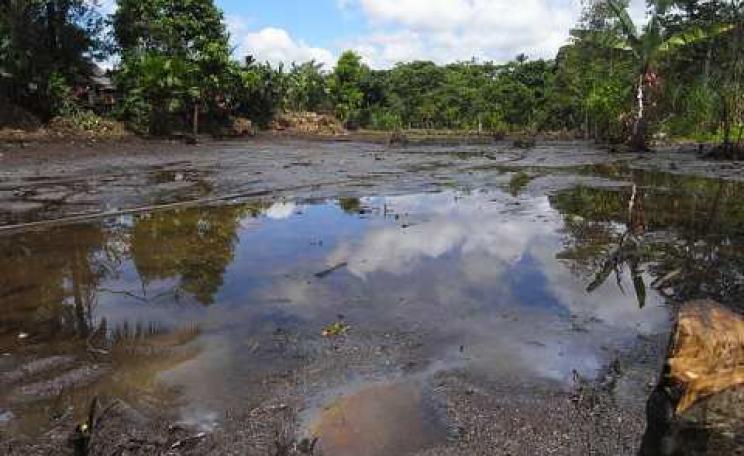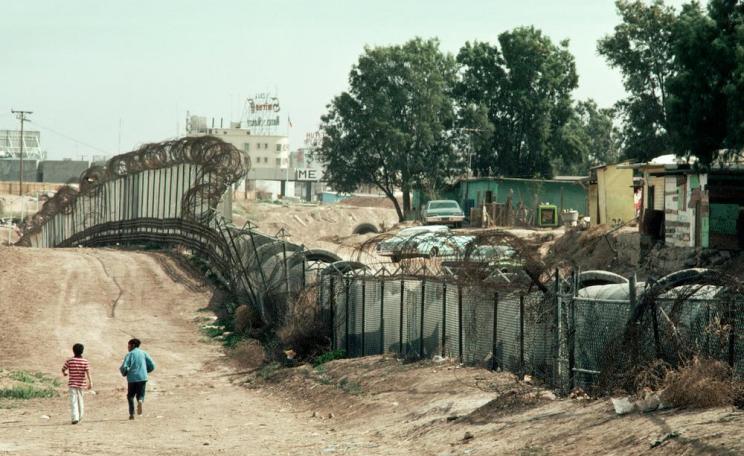The whole project will be enabled by infrastructure developed through the Northern Endurance Partnership (NEP), a partnership that brings together the fossil fuel companies BP, Equinor, Shell, ENI and Total, with BP as the leading operator.
There is growing evidence of a series of marine die-offs connected to dredging around the UK, connected to the Tory freeport agenda, that the UK Government attempted to cover up.
Almost 18 months ago there was a mass marine die-off neat Teesside in Yorkshire, that appears to have occur due to dredging for a new freeport. There were also mass die-offs all down the Yorkshire coast, hitting Bridlington, Whitby, and Saltburn.
It’s not the only area that’s recorded either mass die-offs or much reduced sea life. Falmouth is a case in point where so-called spoil grounds, legal dumping grounds for TCB laden spoil, have also been implicated in local marine die-offs.
Tax
Freeports are areas – often but not only sea ports – where normal customs, tax and labour regulations don’t apply.
They are typically run by private companies, often formed by local business and government coalitions, that use them as tax havens, stealing money from local councils and the government and sending profits off-shore, reducing investment and tax receipts in the UK. Backing for freeports tends to be highest amongst campaigners for Brexit.
In 2021, the UK Government announced eight new freeports located at East Midlands Airport, Felixstowe and Harwich, the Humber region, Liverpool City Region, Plymouth, the Solent, the Thames, and Teesside.
Focusing on Teesside, it is projected that the Treasury would lose about 40 per cent of £960m in tax and revenues that would have otherwise been generated from the port.
Transition
If this was just a story about the Tory government’s attempt to create business zones that undermine environmental and labour protections, and create a two-tiered society of low waged workers verses the wealthy, then that would be bad enough.
To be sure, this is exactly what freeports and the proposed ‘outer boundary’ areas around them, covering an area 45km beyond the freeport itself, do.
This means the area of lax regulation, reduced oversite, and near absent taxation around Teesside covers an area from Peterlee to Staithes and Redcar to Dinsdale. This area will no doubt also draw the attention of organised crime and money-laundering. They are a discredited idea with no upsides.
The whole project will be enabled by infrastructure developed through the Northern Endurance Partnership (NEP), a partnership that brings together the fossil fuel companies BP, Equinor, Shell, ENI and Total, with BP as the leading operator.
But Teesside is also one of the main ‘low carbon industrial hubs’ in the UK. The mass marine die-off has therefore become part of the UK’s green transition to net zero.
Teesside and Humber
Nearly half of all the UK’s industrial cluster emissions from the Humber and Teesside, with Humber being the second most carbon intensive site in Europe.
In 2021 it was selected, along with six other areas, as a recipient of massive government funding and support to become a low carbon industrial zone. Teesside aims to be the world’s first zero carbon industrial hub by 2040.
Teesside as a project connects with the Zero Carbon Humber project, taking in Drax power station, British Steel, the Keadby power plants operated by SSE, a number of chemical and manufacturing projects, and hydrogen production, including the disgraced Italian oil companies Equinor’s hydrogen plant. Velocys, the ‘green’ jet fuel plant at Stallingborough, is also a partner project.
The whole project will be enabled by infrastructure developed through the Northern Endurance Partnership (NEP), a partnership that brings together the fossil fuel companies BP, Equinor, Shell, ENI and Total, with BP as the leading operator.
Teesside is a dubious ‘zero carbon’ industrial cluster, being built in a freeport where regulations, including tax, labour and environmental laws, barely apply, propped up by government funding and support, and largely profiting fossil fuel companies.
Hydrogen and the greenwashing of net zero
Teesside as a project rests its net zero ambition on two things: carbon capture and storage and green hydrogen.
Carbon capture and storage (CCS) has already been heavily criticised as a false solution. Not only does it not work at scale, most of the existing projects leak more or store far less than claimed.
Despite this, it still draws millions in government funding. Teesside’s net zero scheme plans to capture up to 10 million tonnes of CO2 emissions each year, a significant part of the emissions related to the zone and equivalent to the emissions associated with the annual energy use of up to three million UK homes.
Given how poorly CCS ‘works’, we can safely assume far less will actually be captured and stored safely.
Yet it is in this infrastructure that the fossil fuel giants backing the project are heavily investing, aiming to extend the life of their own oil and gas projects off shore, both by off-setting their emissions and then using CO2 to increase oil and gas production (by injecting CO2 into the operating wells), before finally using depleted oil and gas wells as carbon storage sites. They will continue to profit from climate change for decades to come.
Production
The second element is hydrogen, with Teesside aiming to be a significant UK hydrogen hub with a transportation network, two ‘blue’ hydrogen projects by BP and Kellas, as well as a green hydrogen project run by Protium.
While funding for hydrogen booms globally, both the UK and EU have subject to intense corporate lobbying in support of hydrogen production and for massive amounts of government financial support for hydrogen development.
The UK has set aside £240 million for hydrogen related developments, while the EU has put €5.4 billion into one hydrogen project alone.
Yet while many agree hydrogen will play a limited but important role in the future, its green claims have been heavily criticised, as have the claims of the massive role it will play in the future.
Most hydrogen is currently produced by using fossil fuels – in 2021 almost 47 per cent of the global hydrogen production was from natural gas, 27 per cent came from coal, and 22 per cent from oil. This hydrogen, called ‘blue hydrogen’, relies on CCS to be carbon neutral. Which it’s not.
Lobbyists
Blue hydrogen is in fact likely more carbon polluting than just burning natural gas, making it a form of greenwashing for fossil fuel companies. Just four per cent of hydrogen was produced using electricity in 2021, with less than one per cent using renewable energy. That means less than one per cent of hydrogen is truly ‘green’.
Not only does most hydrogen generate carbon emissions, it is expensive to produce, with fossil fuel companies asking for billions in tax payer funds to produce the fuel for decades to come.
Beyond this, technical difficulties and infrastructural issues means that even the Commons Science and Technology Committee concluded that: “Hydrogen is not likely to be practically and economically viable for mass use in the short and medium term for heating homes or fuelling passenger cars”.
Indeed, it would make heating homes more not less expensive. Much the same could be said for shipping and most road transport. While it has a limited role in some industrial processes, it is a false solution, being promoted by corporate and fossil fuel lobbyists and supported to the tune of billions by government.
Toxic net zero
Teesside is a tragic example of how reheated neoliberalism combines with false climate solutions to produce environmental disaster. Turning net zero into a business plan might make a lot of money and generate massive profits through government funding and support, but it won’t tackle climate change.
As more ground is broken around Teesside and other proposed industrial net zero clusters, we can expect the toxic legacy of industrialism, buried in the soil and lodged in the river and sea beds, to be released into surrounding areas.
The construction and manufacturing processes will produce more waste, including carbon emissions. This includes the likely leaks for CCS sites and blue hydrogen production.
All told, the tragic mass marine die-off down the Yorkshire cost is just part of the environmental cost that will need to be paid as a part of the UK’s drive to so-called net zero. A drive that aims to change as little of the UKs industry as possible so business as usual can continue.
This Author
Dr Nicholas Beuret is a lecturer in management and ecological sustainability at the University of Essex. His research has been published in journals including Antipode, Science and Culture and South Atlantic Quarterly. He can be found on Twitter at @_nic_beuret_.







